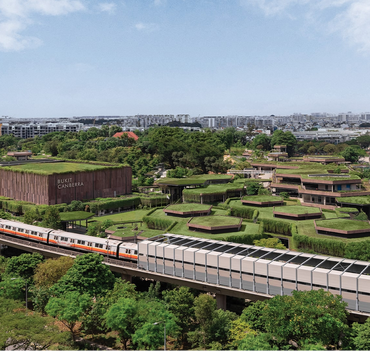Commercial spaces as the lifeblood of thriving estates
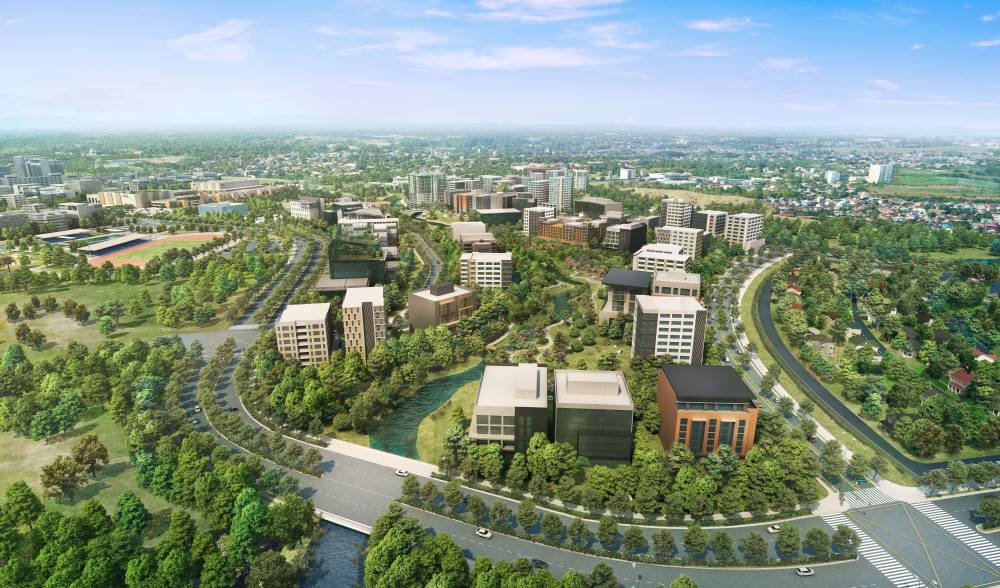
Mixed-use developments in the Philippines have transformed spaces into a unified environment where residents live, work, and socialize.
The intentional inclusion of commercial and entrepreneurial facilities provides a network of services and resources that add vibrancy to the community. Creating a holistic environment with integrated commercial hubs meets daily needs, fosters local economies, and encourages social interaction, cultivating a complete lifestyle for residents.
Thoughtful development vs urban challenges
The thoughtful integration of commercial spaces addresses several of the most pressing urban challenges in the Philippines.
Including essential amenities and services within walking distance eases traffic congestion, providing alternatives to long commutes that often wear down people and infrastructure. This model also reduces urban sprawl, consolidating critical services in one area while preserving green spaces.
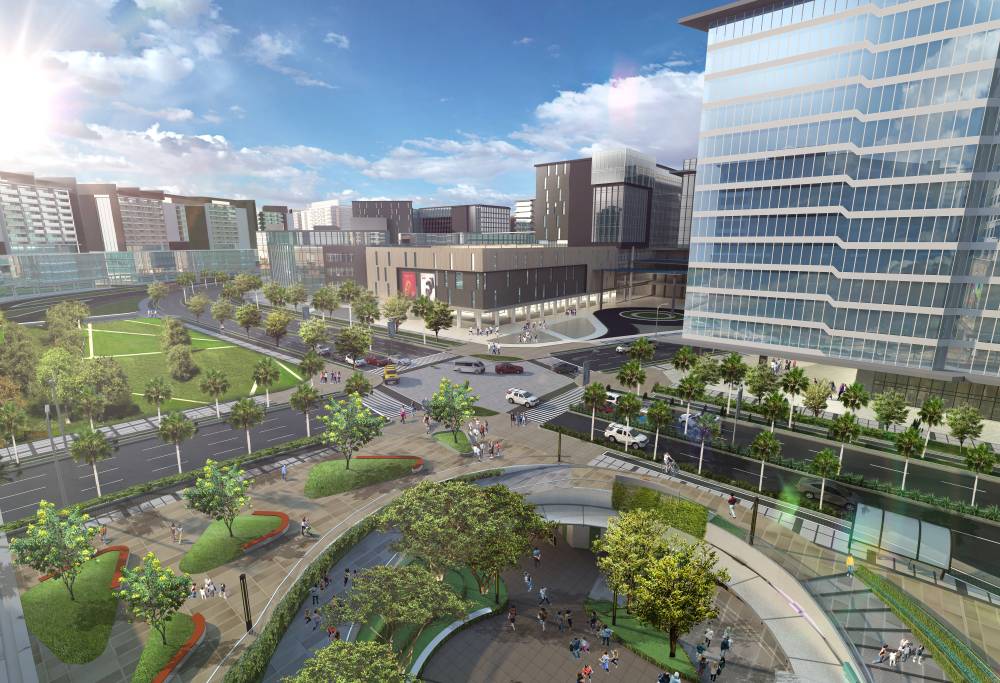
Promoting entrepreneurship
By integrating spaces that support small businesses and startups, developments foster economic self-reliance, allowing individuals to grow income sources while providing essential services to their community.
Commercial spaces dedicated to entrepreneurial ventures create jobs and encourage a sense of community ownership and pride, making the area more resilient and economically vibrant.
These business spaces catalyze social interaction and creativity, inspiring a culture of innovation and local identity that enriches the entire community. Well-planned commercial hubs within developments are essential, as they actively shape a healthier and more dynamic environment for Filipino communities to thrive economically and socially.
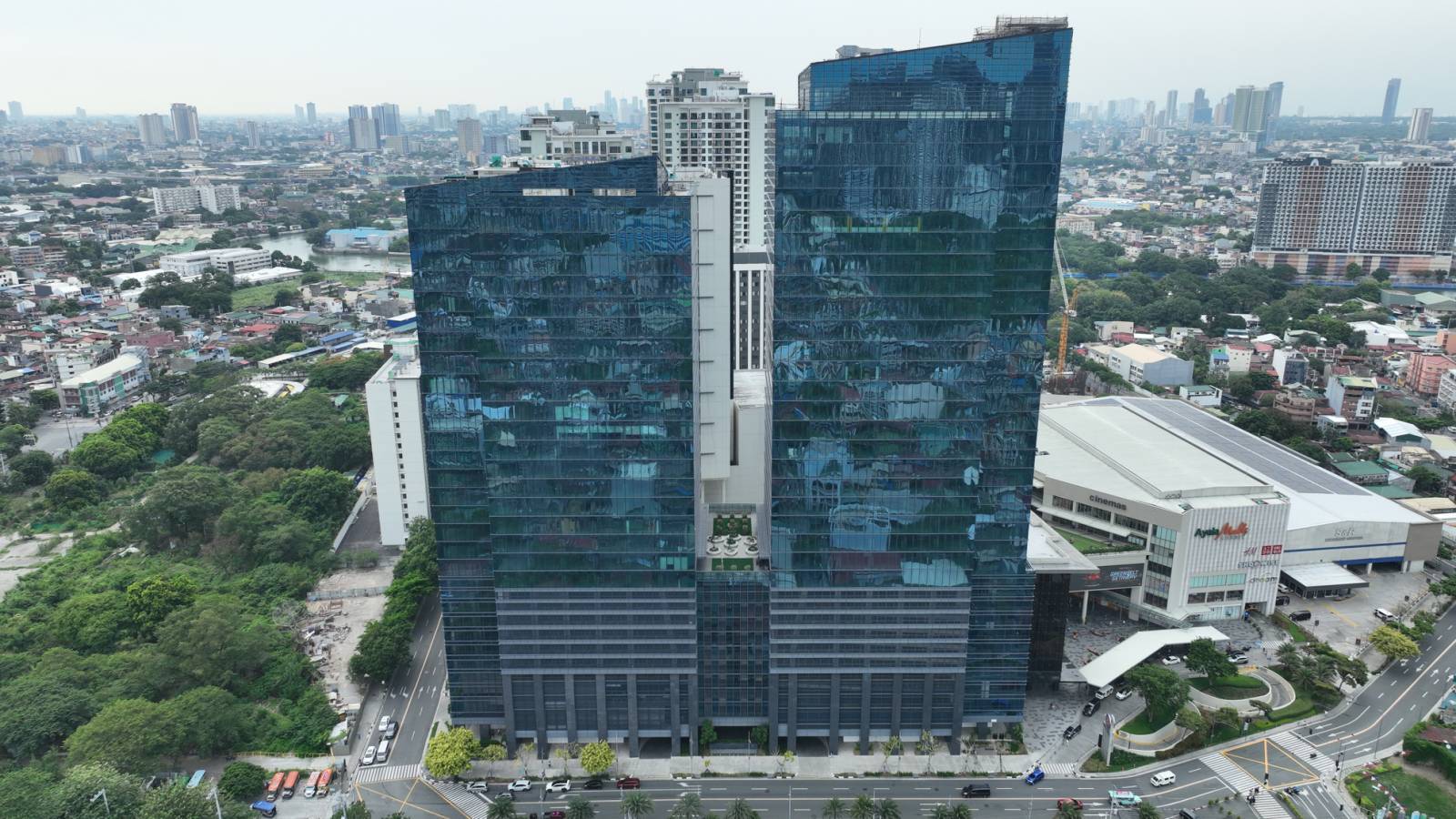
Designing commercial spaces
Accessibility remains one of the top priorities, as these spaces need to support both pedestrian and vehicle traffic to sustain high footfall and business viability.
Seamless integration with residential and recreational spaces fosters a connected community where residents feel their neighborhood meets all their needs in one location. Additionally, design elements, such as eco-friendly materials and energy-efficient systems, support the township’s environmental goals and appeal to residents who prioritize green living.
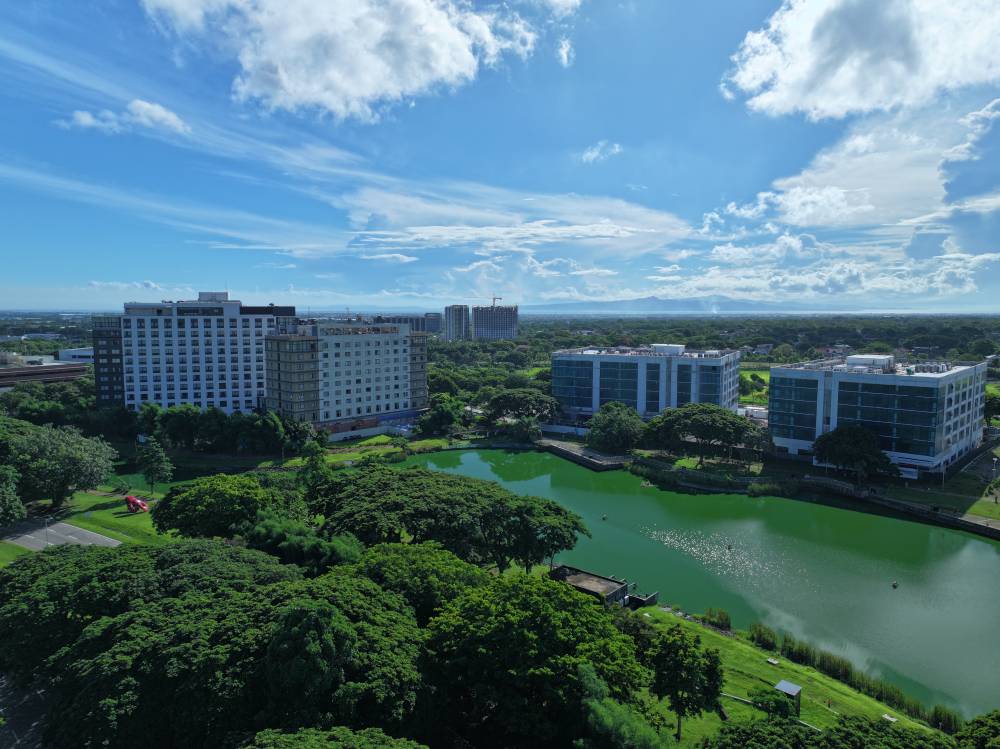
Impact of commercial hubs
Retail centers provide shopping, neighborhood services, and dining options, meeting daily needs and enhancing convenience.
Office spaces offer employment opportunities within the community, reducing commute times and supporting work-life balance. Entertainment venues, such as cinemas and theaters, provide recreational activities, enriching cultural life and community engagement.
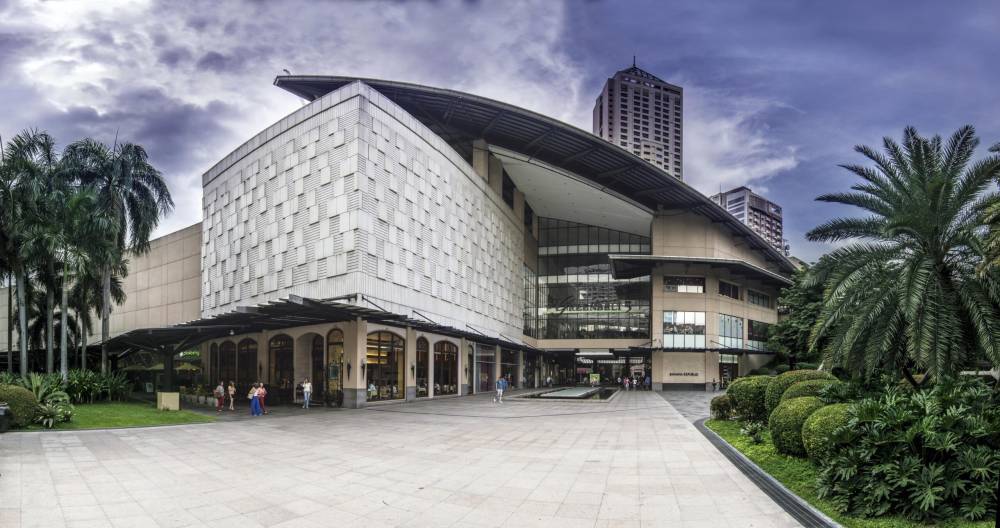
Healthcare facilities ensure residents have access to medical services, promoting well-being and safety. Educational institutions, including schools and training centers, contribute to the community’s intellectual growth and development.
Such careful planning fosters a deep sense of community ownership and loyalty. Residents become active participants in a shared journey, investing emotionally and economically in their township’s growth and identity.
Focusing on these essential aspects of vibrancy transforms places into holistic communities that meet residents’ daily needs and enhance their quality of life, creating landmarks people are proud to call home.
The author (www.ianfulgar.com), is a leading architect with an impressive portfolio of local and international clients. His team elevates hotels and resorts, condominiums, residences, and commercial and mixed-use township development projects. His innovative, cutting-edge design and business solutions have garnered industry recognition, making him the go-to expert for clients seeking to transform their real estate ventures













